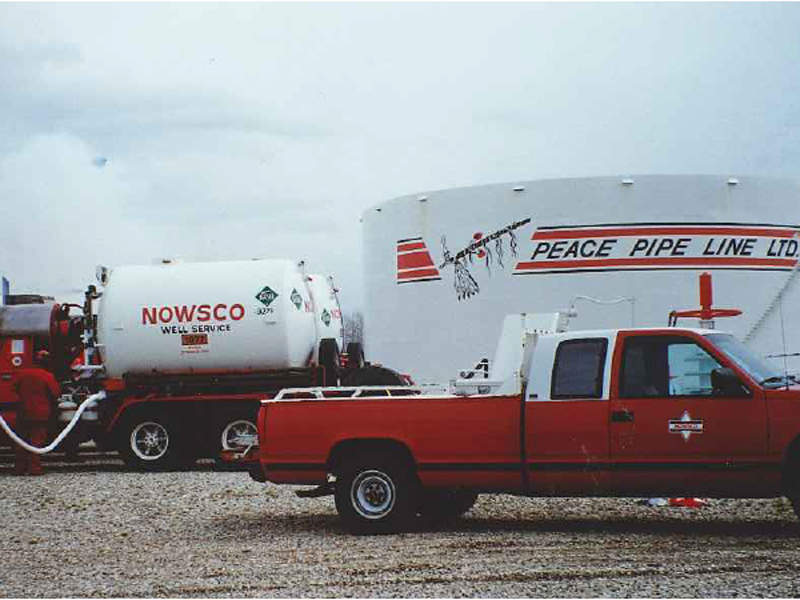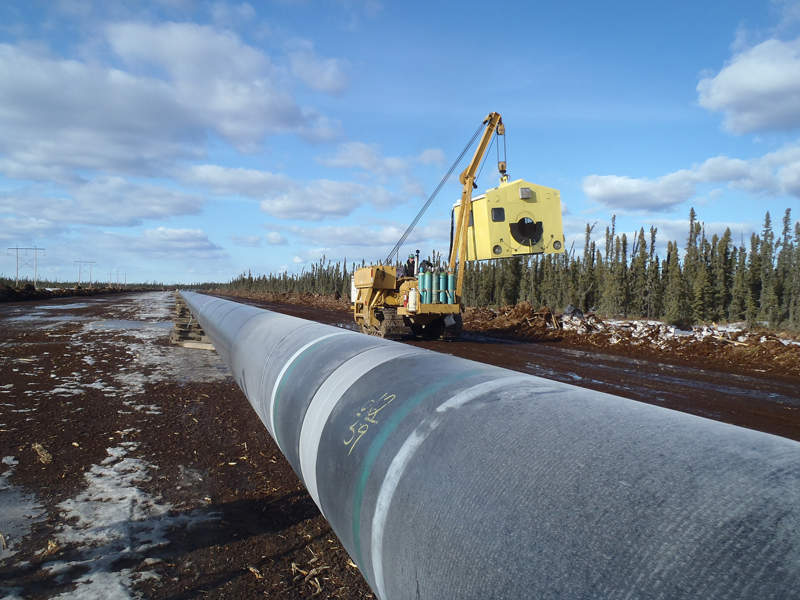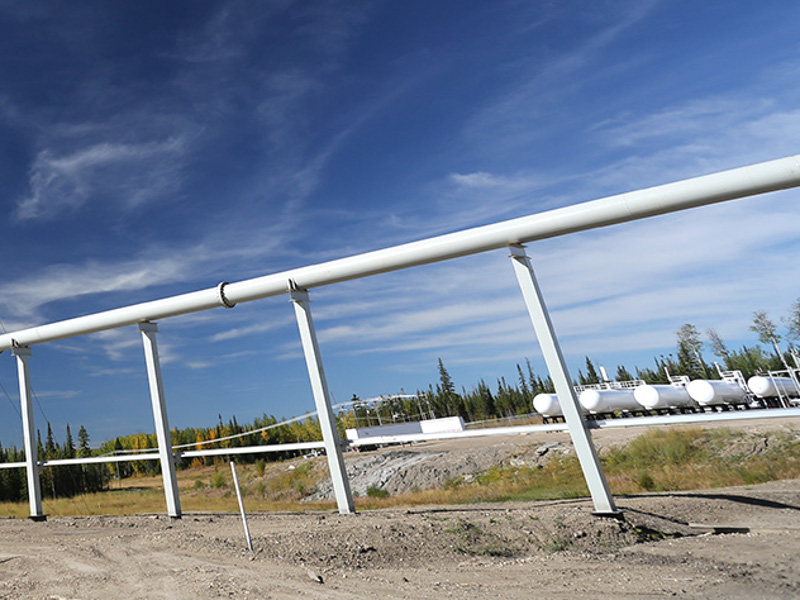Pembina Peace pipeline is a natural gas liquids and condensate pipeline located in Calgary, Alberta, Canada. Operated by Pembina Pipeline Corporation (PPC), the pipeline is undergoing several expansions to accommodate growing customer demand.
The fourth and fifth phase expansions of the pipeline were put into services in late-2018, while the sixth, seventh and eighth phases are scheduled for commissioning between 2020 and 2022.
Estimated to cost $280m, $950m, and $500m respectively, the expansion phases six, seven and eight were approved in May 2018, November 2018, and January 2019.
The expansions are expected to increase the capacity of the Pembina Peace pipeline to 1.3 million barrels a day (bpd), after the completion.
Project Gallery
-

Pembina Peace Pipeline is a natural gas liquids pipeline located in Calgary, Alberta, Canada. Image courtesy of Ddubrule.
-

The Pembina Peace pipeline is being expanded to increase its capacity to 1.3 million barrels a day. Image courtesy of jasonwoodhead23.
-

The eighth phase expansion of the Pembina Peace Pipeline was approved in January 2019. Image courtesy of Pembina Pipeline Corporation.
Details of Pembina Peace pipeline expansion phases six, seven, and eight
The phase six expansion involves a 16in-diameter pipeline from La Glace to Wapiti and a 20in diameter pipeline between Kakwa and Lator, along with associated pump station upgrades. It is intended to support the increased production from the Deep Basin and Montney resource plays.
The phase seven expansion involves a new 220km-long and 20in-diameter pipeline in the LaGlace-Valleyview-Fox Creek corridor and six new pump stations along its route.
The phase eight expansion will include both 10in and 16in diameter new pipelines in the Gordondale-La Glace corridor of Alberta. It will also involve six new pump stations and terminal upgrades between Gordondale and Fox Creek, Alberta.
The phase eight expansion will enable the delivery of ethane-plus and propane-plus natural gas liquids (NGL) mix to the Edmonton markets, from the central Montney area at Gordondale.
Pembina Peace pipeline fourth and fifth phase expansion details
The phase four expansion of Pembina Peace pipeline, with an estimated investment of $75m, was announced in April 2017. It comprised the installation of two new pumping stations to a 24in pipeline extension between Fox Creek and Namao in Alberta, which was completed under the phase three expansion.
The fourth phase increased the pipeline’s capacity by approximately 180,000bpd.
Phase five of the expansion project included the construction of a 95km-long, 20in-diameter pipeline between Lator and Fox Creek. The estimated investment for the phase five was $250m. It increased the pipeline capacity to 1.1 million bpd.
Details of previous expansions of Pembina Peace pipeline
Phase one expansion of the Peace pipeline was initiated to increase the capacity by 40,000bpd to approximately 195,000bpd of crude oil and condensate. It was brought into service in December 2013.
In the same year, PPC officially proceeded with the second phase expansion of the pipeline. Phase two, which was aimed at increasing the pipeline capacity by 55,000bpd, was completed in January 2015 with an investment of $250m.
It involved the installation of five new pumping stations, upgrading six existing pumping stations, and adding additional operational storage. It also included tie-ins and mainline expansion works.
The expansion was proposed to accommodate the increase in crude oil and condensate production volumes from the Grande Prairie, Dawson Creek, and Fox Creek regions. The first and second phase expansions were aimed at increasing the pipelines’ capacity by approximately 61%.
The $325m phase three expansion of the pipeline was commenced in 2013 and completed in 2017. It included the laying of approximately 560km of new pipeline to increase the pipeline’s capacity to 420,000bpd.
It also required the debottlenecking and upgrading of certain sections of the existing pipeline and the construction of new pumping stations.
